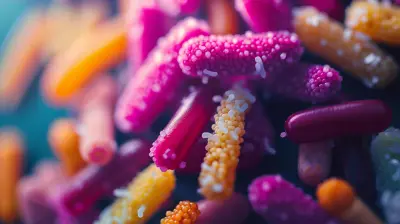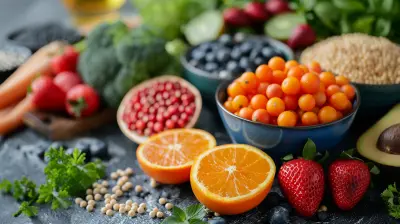How a Fiber-Rich Diet Can Transform Your Gut Health
7 July 2025
Let’s be honest—when most of us hear the word “fiber”, we think of bland cereals or unappetizing bran muffins. It’s not exactly the sexiest topic on the health menu. But what if I told you that fiber might just be the unsung hero of your gut? That little dietary component you barely think about could completely transform how your digestive system works, how you feel every day, and even how your brain operates. Pretty wild, right?
In this article, we’re going to break down everything you need to know about the powerful impact of fiber on your gut health. No mumbo jumbo—just real, simple facts with a conversational tone to guide you through. Let’s get your gut smiling!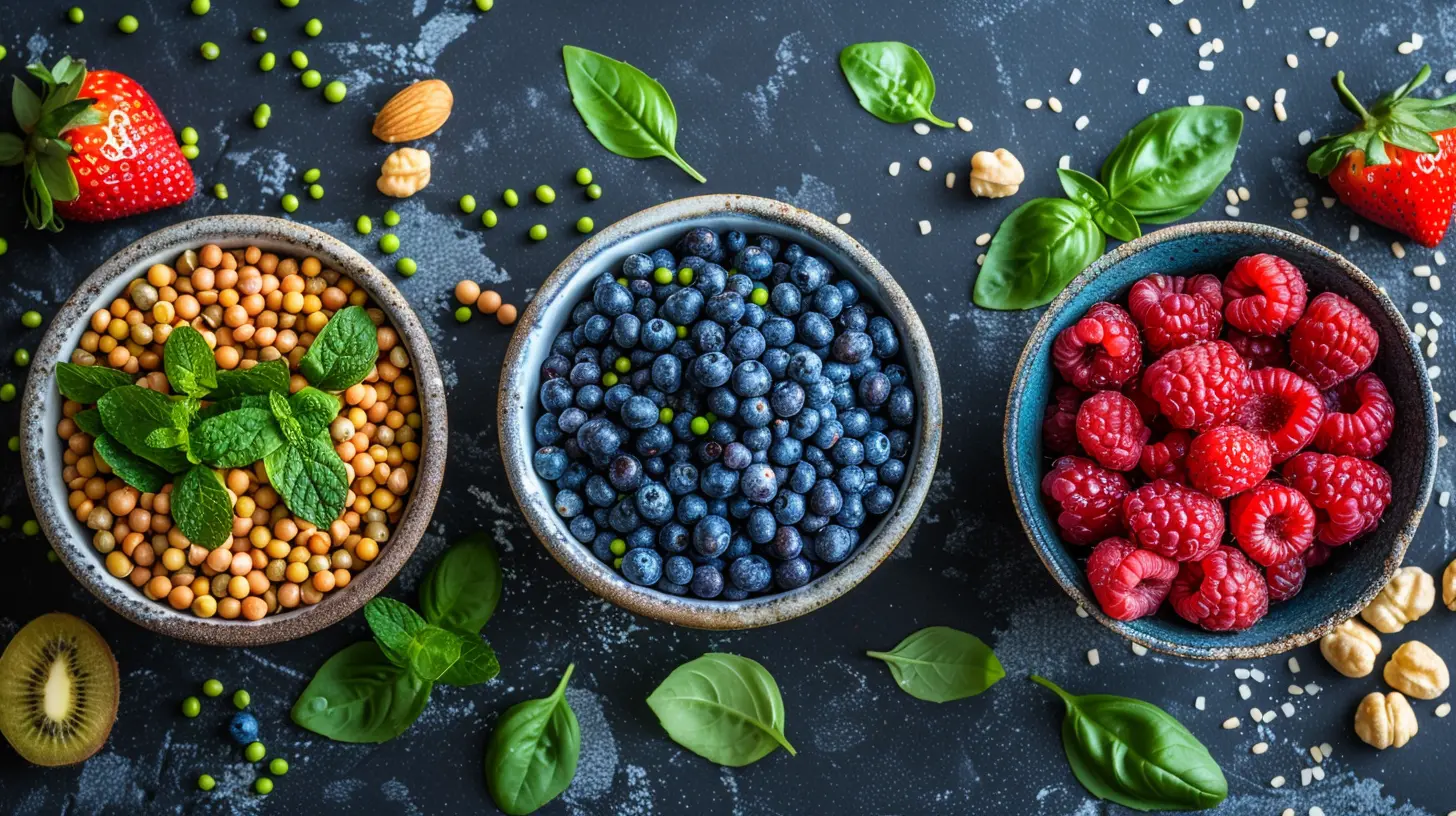
Why Gut Health Even Matters
Your gut is more complex than you might think. It's not just responsible for digesting food and pushing waste out. In fact, your gut is home to trillions of microorganisms—bacteria, viruses, fungi—all working together in a delicate ecosystem called the gut microbiome.Why should you care? Because this ecosystem plays a crucial role in:
- Absorbing nutrients
- Regulating the immune system
- Producing mood-related chemicals like serotonin
- Controlling inflammation
- Protecting against "bad" bacteria
So yeah, your gut isn’t just a food tube—it’s practically a universe, and taking care of it is absolutely essential.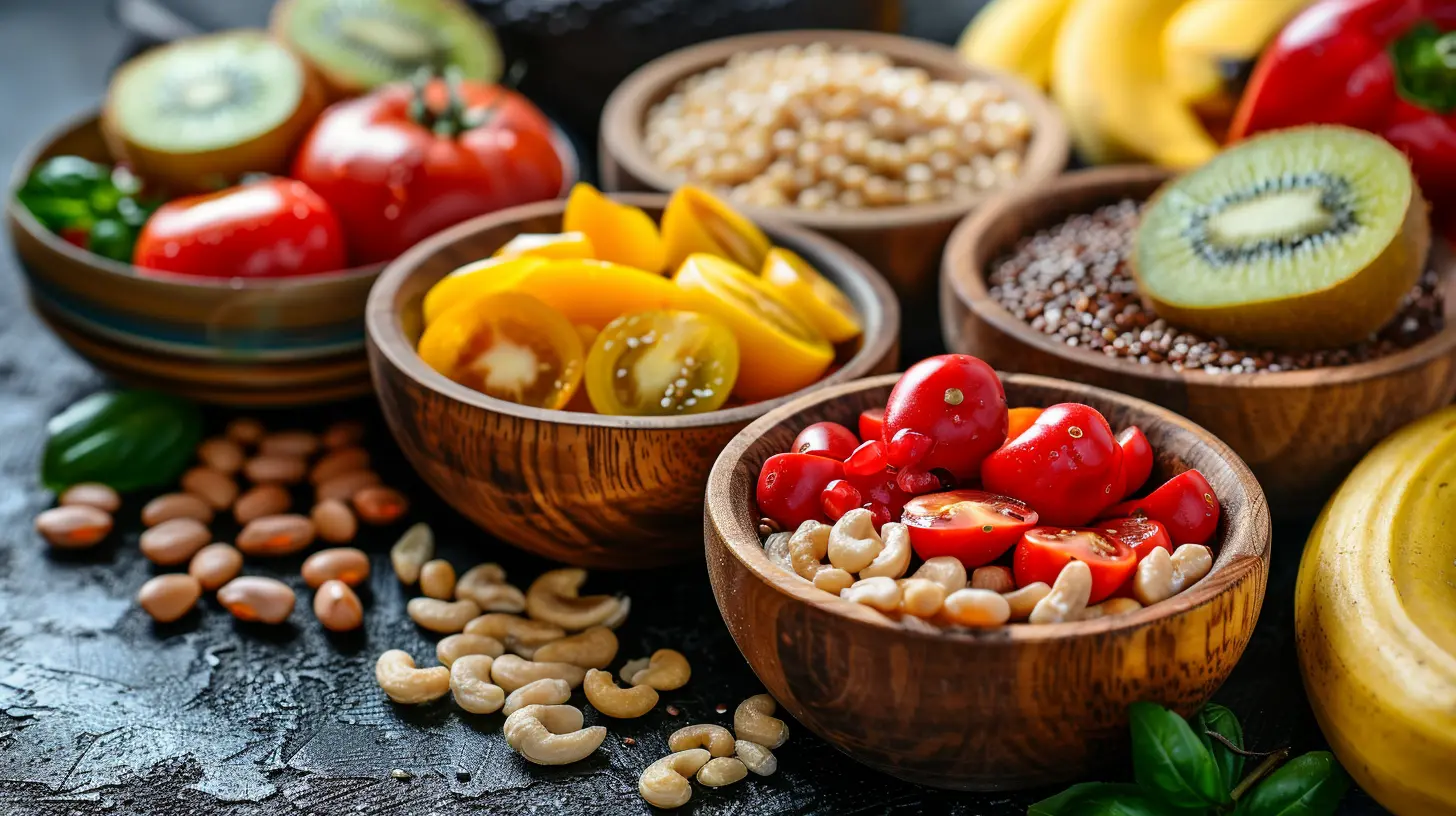
What Exactly Is Fiber?
Fiber is a type of carbohydrate found in plant-based foods. But unlike other carbs, fiber isn’t digested by your body. Instead, it travels through your digestive tract largely intact—and that’s a good thing!There are two main types:
- Soluble Fiber: Dissolves in water and forms a gel-like substance. Found in oats, fruits, legumes, and some veggies.
- Insoluble Fiber: Does not dissolve in water. This one adds bulk to your stool, helping food move efficiently through your gut. Think whole grains, nuts, seeds, and leafy greens.
Each type plays a unique role, and both are important for optimal gut function.
How Fiber Works Its Magic in Your Gut
Okay, now to the good stuff—how does fiber actually transform your gut health? Let’s walk through the science (minus the boring jargon).1. Feeds Your Good Bacteria (AKA Prebiotics)
Think of fiber as fertilizer for your gut garden. Certain types of fiber—especially soluble fiber—act as prebiotics. These are compounds that feed the beneficial bacteria in your intestines.When your gut bacteria break down this fiber (a process called fermentation), they produce short-chain fatty acids (SCFAs) like butyrate. SCFAs help reduce inflammation, maintain the lining of your intestines, and even boost your immune system.
2. Improves Bowel Movements—Say Goodbye to Constipation
No one likes to talk about it, but we all know the struggle of being “backed up.” Insoluble fiber adds bulk and helps move things along. Soluble fiber, on the other hand, helps soften your stool, making it easier to pass.So if you want to avoid straining on the toilet and keep things regular, fiber is your best friend.
3. Supports a Healthy Weight
This might sound surprising, but fiber can actually help with weight management. How? It helps you feel fuller for longer. That means you're less likely to overeat or grab sugary snacks throughout the day.Plus, fiber slows down digestion and the absorption of sugar, helping to maintain steady energy levels and keep cravings in check.
4. Reduces the Risk of Gut-Related Diseases
A fiber-rich diet may lower the risk of several digestive disorders like:- Diverticulitis
- Irritable Bowel Syndrome (IBS)
- Hemorrhoids
- Colorectal cancer
How? Fiber keeps your digestive tract clean, sweeps away potentially harmful build-up, and supports a balanced gut microbiome—which helps protect you from disease.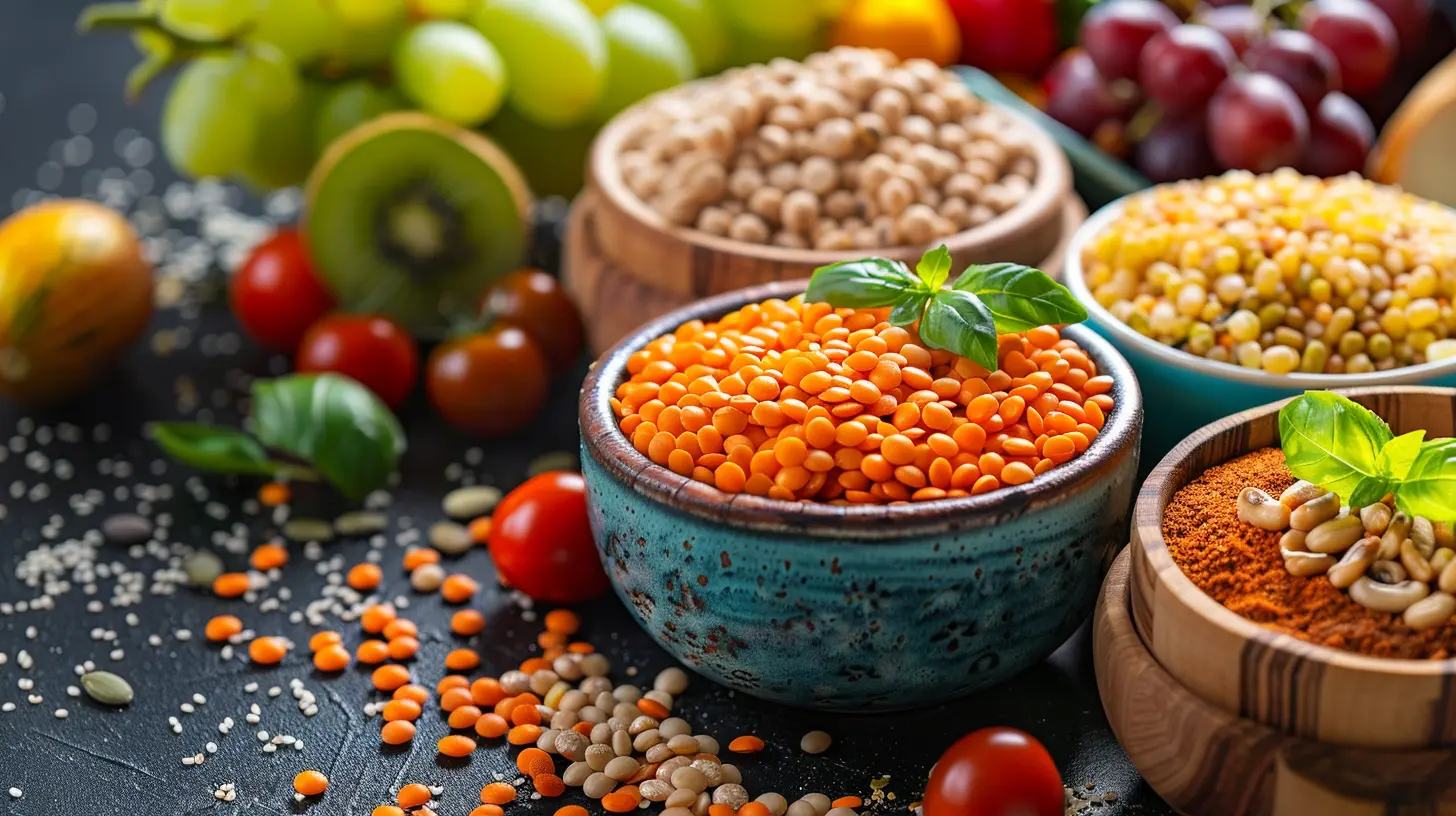
Signs Your Gut May Need More Fiber
So how do you know if your gut is crying out for fiber?Here are some signs:
- You’re frequently constipated or have irregular bowel movements
- You often feel bloated or gassy
- Your energy slumps after meals
- You crave sugar throughout the day
- You've taken antibiotics recently (they mess with gut bacteria)
- Your skin breaks out or looks dull (yes, gut health affects the skin too!)
If any of this sounds familiar, it might be time to load up on more fiber.
Easy Fiber-Rich Foods to Add to Your Day
Alright, adding more fiber sounds great in theory. But where do you actually get it from?Here’s a list of fiber-packed foods that are both tasty and easy to incorporate:
Fruits
- Apples (with skin)- Bananas
- Berries (especially raspberries and blackberries)
- Pears
- Avocados
Vegetables
- Broccoli- Carrots
- Sweet potatoes (with skin)
- Brussels sprouts
- Artichokes
Legumes
- Chickpeas- Lentils
- Black beans
- Kidney beans
- Peas
Whole Grains
- Oats- Brown rice
- Quinoa
- Barley
- Whole wheat bread or pasta
Nuts and Seeds
- Chia seeds- Flaxseeds
- Almonds
- Sunflower seeds
- Walnuts
Mix and match these throughout your day and your gut will seriously thank you.
How Much Fiber Do You Actually Need?
According to health experts, the recommended daily intake is:- Men: 30–38 grams per day
- Women: 21–25 grams per day
But here’s the reality check: Most people aren’t even getting half of what they need. Yikes.
The good news? It’s totally doable once you’re aware. Just start reading labels and being mindful about sneaking fiber into your meals.
Tips to Increase Your Fiber Without Feeling Overwhelmed
Jumping straight into a high-fiber lifestyle can be a bit of a shock to your system. You might feel bloated or gassy at first. Totally normal! Your gut just needs a little time to adjust.Here’s how to ramp up gradually and comfortably:
1. Start Slow: Add just one fiber-rich food per day.
2. Stay Hydrated: Fiber needs water to move through your system smoothly.
3. Mix It Up: Vary your sources to get both soluble and insoluble types.
4. Read Labels: Choose products with at least 3–5 grams of fiber per serving.
5. Snack Smart: Swap chips for raw veggies or a handful of nuts.
A little planning goes a long way, and before you know it, going fiber-rich will feel like second nature.
What Happens When Your Gut Starts to Heal?
When your gut starts to get the fiber love it deserves, you'll likely notice:- More regular and comfortable digestion
- Less bloating and cramping
- Smoother skin (your complexion and gut are weirdly linked)
- Better mood (thanks to that serotonin boost)
- Fewer sugar cravings
- More energy throughout the day
It’s not magic—it’s just what happens when your body can finally work the way it was meant to.
Common Misconceptions About Fiber
Before we wrap up, let’s bust a few myths:“Fiber is only for old people.”
Nope. Gut health matters at every age, and fiber is essential for young, old, and everyone in between.“I can just take a fiber supplement.”
Supplements can help in a pinch, but they’re not a replacement for real, whole food. You miss out on all the other nutrients and antioxidants that come with eating fruits, veggies, and grains.“Fiber will make me feel bloated.”
Yes, it might—if you add too much too fast. But if you pace yourself and drink water, your body will adapt just fine.Conclusion: Your Gut Deserves Better, and Fiber Is the Key
Here’s the takeaway: Your gut is the control center for so much more than digestion. Mood, immunity, weight, skin—it all links back to your inner ecosystem. And the secret to thriving gut health? It's not a fancy probiotic or a restrictive diet. It’s as humble and powerful as fiber.So the next time you’re putting your plate together, ask yourself: “Did I give my gut something to chew on today?” The journey to better health might just begin with that one fiber-rich bite.
all images in this post were generated using AI tools
Category:
Fiber Rich DietAuthor:

Holly Ellison
Discussion
rate this article
1 comments
Abram Wheeler
A fiber-rich diet is essential for optimal gut health! It promotes healthy digestion, supports beneficial bacteria growth, and can improve overall wellness. Simple changes like adding fruits, vegetables, and whole grains can make a significant impact on your gut health.
July 24, 2025 at 3:33 PM

Holly Ellison
Thank you for highlighting the importance of a fiber-rich diet! Your points on digestion, beneficial bacteria, and overall wellness are spot on. Simple dietary changes can indeed lead to significant improvements in gut health.

